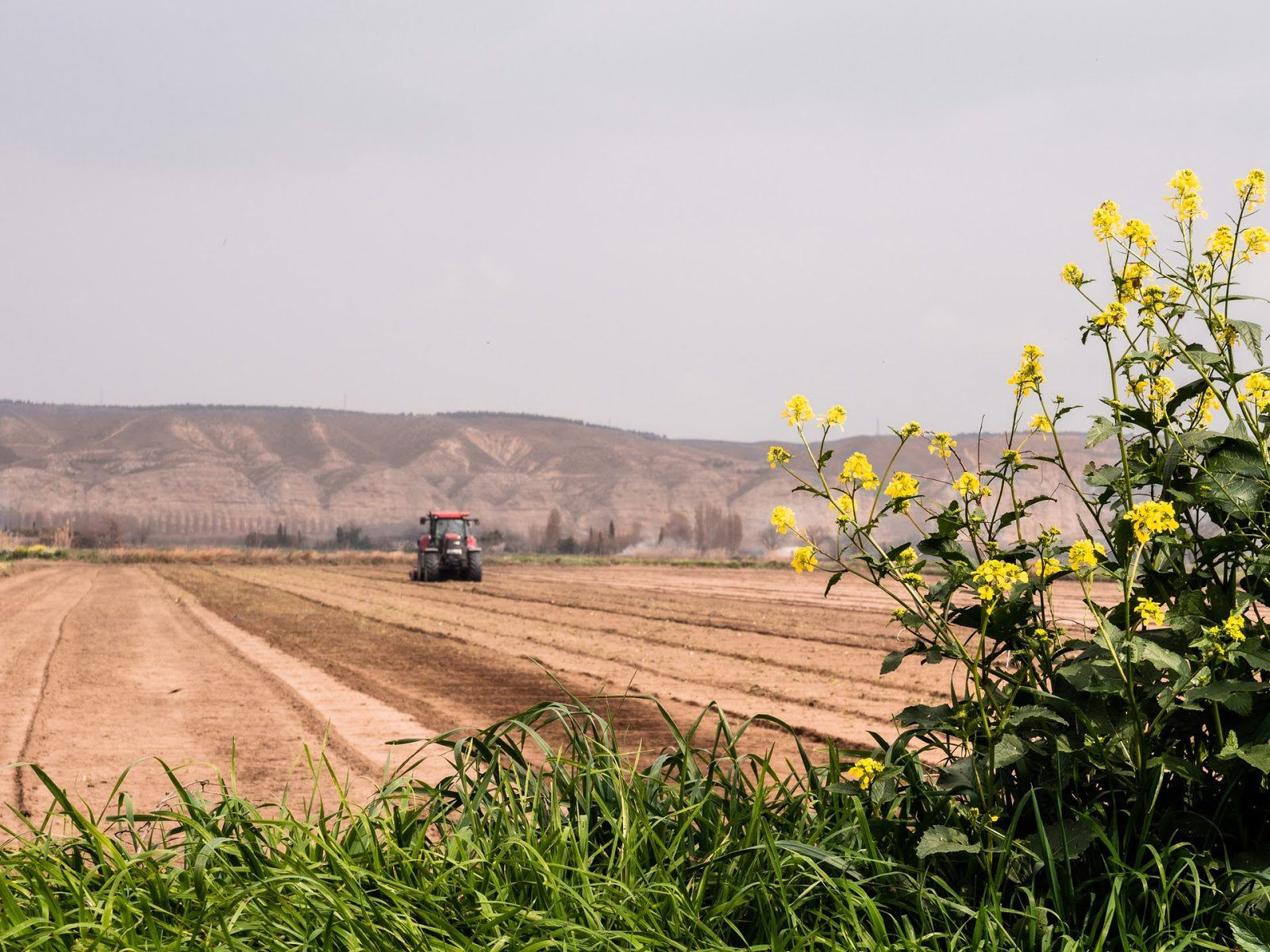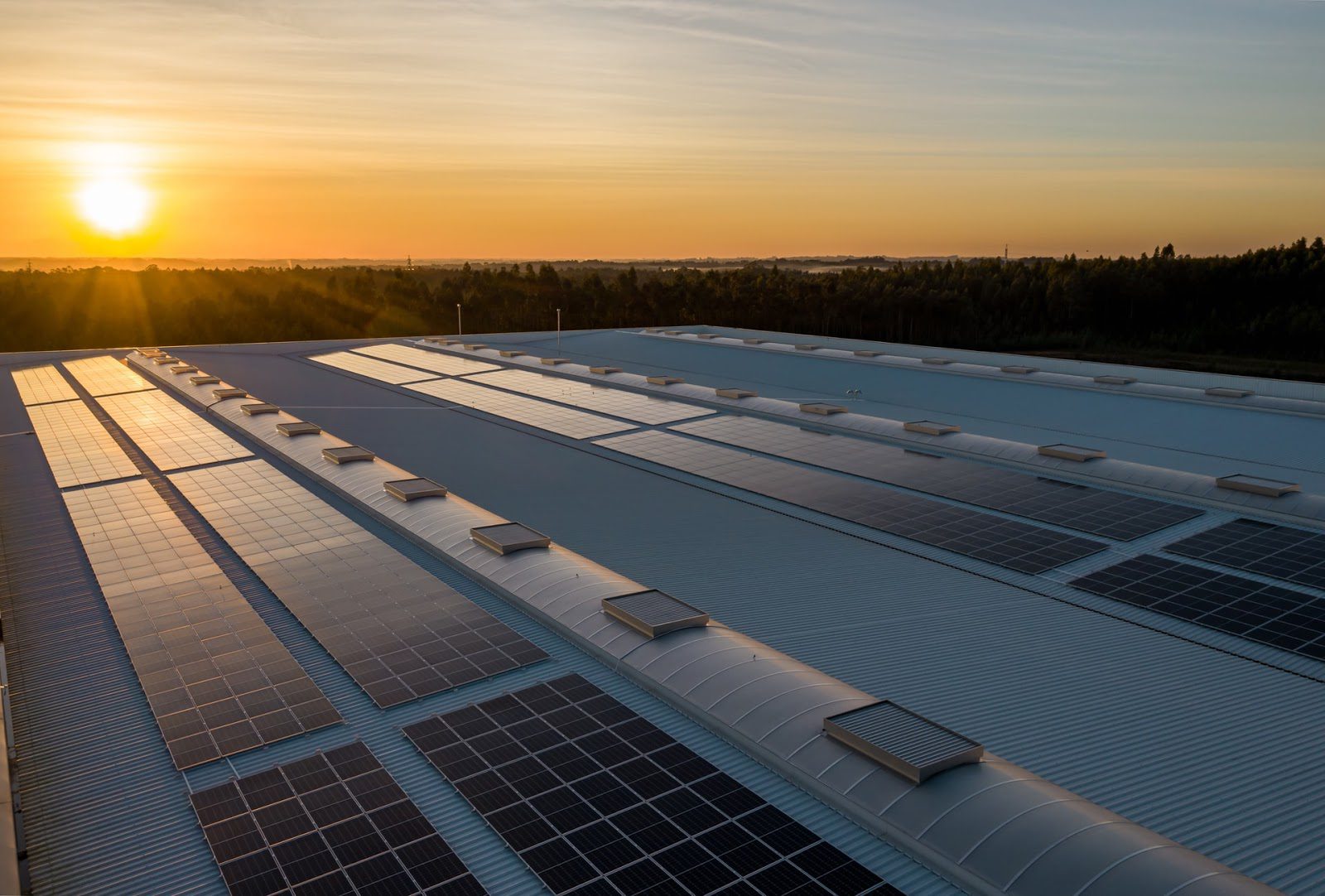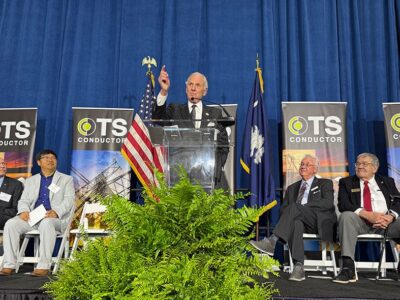More Colleges Go Green, With Arizona Institutions Leading The Way
Jonathan Bean, assistant professor at the University of Arizona’s College of Architecture, Planning and Landscape Architecture, has exciting plans for the fall semester. He and his students will start building the Climate-Positive Building Lab, an interactive space focused on energy-efficient buildings. Plans include a climate chamber where building materials can be tested under different temperatures and weather conditions.
Many colleges and universities are taking steps to become more sustainable and Professor Bean’s building lab is just one example. From interdisciplinary programs of study that tackle environmental issues to cutting carbon emissions on campus, institutes of higher learning are bringing a green mindset to both academics and operations.
Julian Dautremont, director of programs for the Association for the Advancement of Sustainability in Higher Education, sees this embrace of sustainability in higher learning as responsible and necessary. “This is part of their obligation as the entity that is preparing students for success in the future,” he said.
Institutions in the Grand Canyon state are at the forefront of this trend. In fact, Arizona State University (ASU) is home to the country’s first School of Sustainability where students can obtain either a BA or BS in sustainability. Established in 2006, approximately 680 potential graduates are currently enrolled and take courses such as “Urban and Environmental Health” and “Sustainable Food and Farms.”
Another noteworthy school at ASU is the Morrison School of Agribusiness, a top 25 business school and ranked first for innovation by U.S. News and World Report. Agriculture will play a critical role in addressing the complex sustainability issues of today and the near future. Students in the Agribusiness school will be well prepared to meet these challenges. Covering international trade, food safety and economic policy, graduates will have a sophisticated understanding of the global food system.

The commitment to sustainability goes beyond the classroom as well. The University of Arizona (UA) recently partnered with local service provider Tucson Electric Power (TEP) to cut carbon emissions by a third. The university uses as much power as 22,000 homes, but now all TEP-purchased energy will come from solar and wind.
“All of our grid-based energy will be sourced from two renewable projects,” said Trevor Ledbetter, UA director of the Office of Sustainability. “Our students have been demanding this for many, many years.”
UA also installed its own set of solar panels on the roof of one of its buildings, which will power about 15 percent of the building’s yearly energy needs. There’s also a plan to grow plants underneath the panels, a project that dovetails with current research from Ph.D. students and professors looking into how plants can help solar panels run more efficiently.
“We’ve got so much concrete and rooftops around here and just introducing a little bit of green brings all these benefits,” said Professor Barron-Gafford, leader of the plant and solar panel research team.

Over at the Architecture school, Professor Bean hopes the next generation of architects will make climate-positive buildings the new standard (referring to buildings that produce more energy than they consume). “The intention of the Climate-Positive Building Lab is to give students the opportunity to interact with the materials, the techniques and technologies that help buildings perform well,” Bean said.
The new federal administration recently announced a goal of reducing U.S. carbon emissions by 50 percent by 2030, and Bean sees architecture as playing a crucial role in achieving this goal. According to Bean, new buildings should have their own renewable power sources and the design should consider the surrounding environment. Existing buildings should be retrofitted to be as energy-efficient as possible.
With Arizona colleges and universities leading the way, the next generation of leaders should have a solid understanding of the climate challenges we’re facing–and the knowledge to implement innovative and sustainable solutions.





